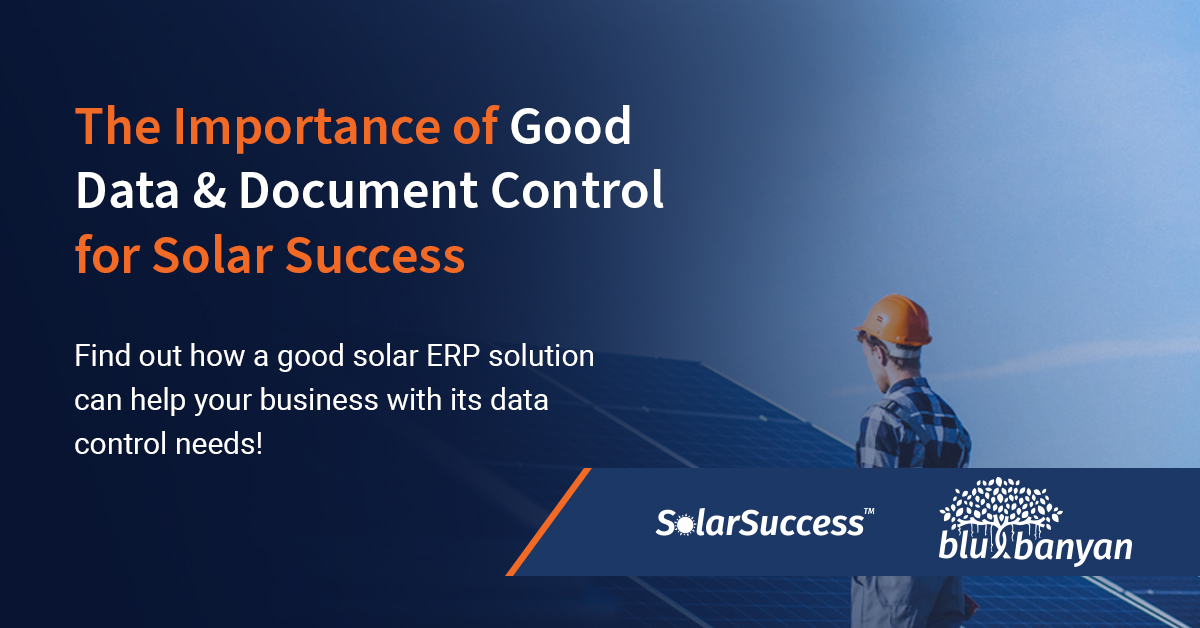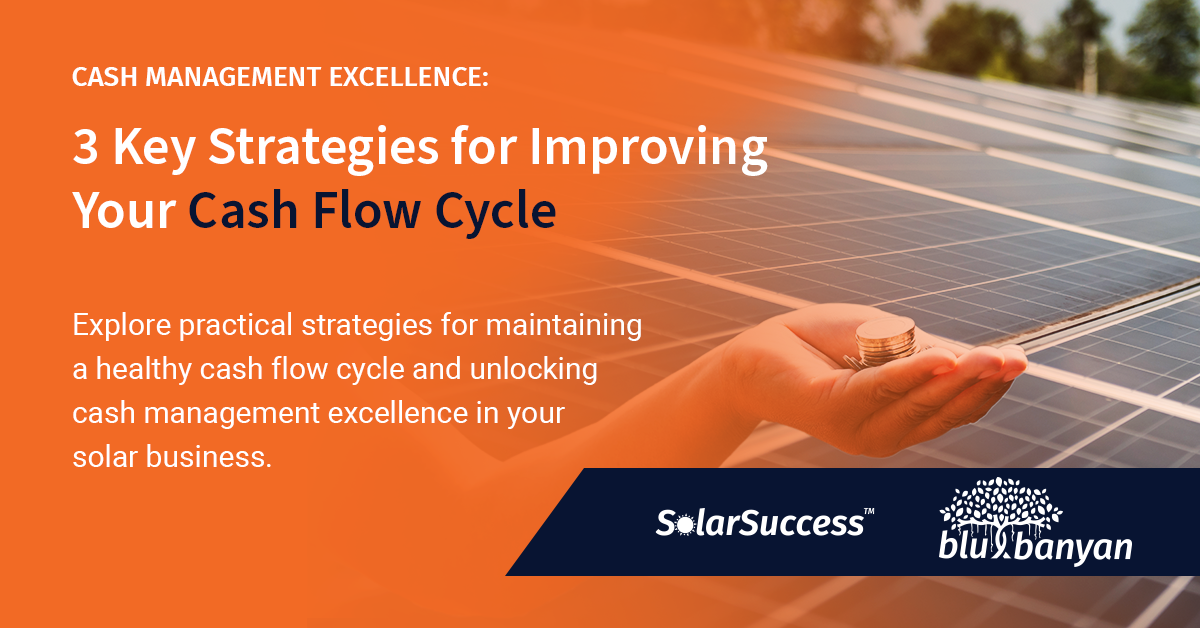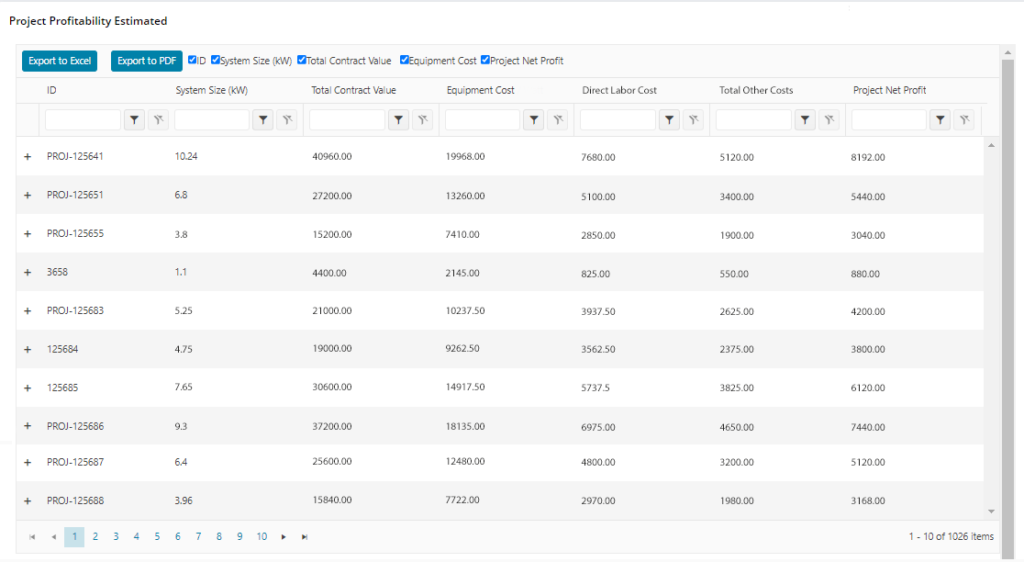Construction projects involve a substantial amount of paperwork, including permits, contracts, designs, and invoices. Construction and trade companies also handle vast amounts of data related to leads, projects, customer information, project management, inventory, and financial transactions. Properly managing these documents and harmonizing the data—consolidating data from various file formats, naming conventions, and columns into one cohesive dataset—is crucial for facilitating analysis, resulting in efficient operations and decision-making.
Through data harmonization and organized document control, information is standardized, well-structured, and easily accessible. This eliminates inconsistencies, reduces errors, and enhances overall operational efficiency for construction companies.
The Costly Impact of Data Silos and Document Dungeons in Construction
Data silos and document dungeons, scattered data and documents across multiple systems, can be detrimental to construction companies. This fragmentation means data is unavailable to the entire organization and accessible only to specific parts, such as departments or teams. These siloed environments lead to inefficiencies, delays, and increased costs. Obtaining a holistic view of operations becomes challenging, hindering effective decision-making and growth. Employing a robust construction ERP software solution like BuilderSuccess helps break down these silos and eliminates document dungeons, ensuring centralized and accessible data and documents for authorized personnel.
Your Decisions Depend on Your Construction Data
The quality of decisions in construction relies heavily on the quality of data. Only accurate or complete data can lead to good decision-making, missed opportunities, and increased risks. By establishing strong data control processes and leveraging BuilderSuccess, construction companies can have confidence in their data, enabling them to make informed decisions based on accurate and reliable information.
Analyzing and Cleaning Your Data Before Reporting or Integrating Applications
Before reporting or integrating applications, analyzing and cleaning construction data is crucial to ensure accuracy and consistency. This involves identifying and resolving data inconsistencies, addressing missing or incorrect information, and performing data validation checks. By taking these steps, construction companies can ensure that their reports and integrated applications rely on reliable data, leading to better insights and enhanced operational efficiency.
Good Reporting Leads to Accurate Forecasting in Construction
Accurate forecasting is vital for construction companies to plan and optimize their projects effectively. Good reporting enables them to generate comprehensive reports providing insights into project performance, resource utilization, revenue forecasting, and more. This accuracy in forecasting helps optimize resource allocation, manage project timelines, and make data-driven decisions for future growth.
BuilderSuccess and Your Single Source of Truth
To succeed in construction, companies need a single source of truth—a centralized repository of accurate and up-to-date data. This is essential to overcome conflicting data from incompatible applications. ERP software can be a valuable tool for digitizing document management, centralizing storage, enabling collaboration, streamlining approval processes, reducing manual paperwork and improving document accessibility and accuracy. ERP software also plays a key role in harmonizing data, generating real-time reports, and providing data analytics on various aspects of the construction business.
BuilderSuccess, a leading construction ERP software solution built on Oracle NetSuite, is vital in providing this single source of truth. NetSuite’s powerful business management suite, enhanced by Blu Banyan’s advanced project management and team collaboration applications, consolidates data from various sources, creating a unified view of the entire business operations. This empowers construction companies to make informed decisions, optimize resource allocation, and streamline processes effectively.
In conclusion, efficient data and document control are integral to construction success. By implementing effective data control practices, construction companies can optimize their operations, make informed decisions, and position themselves for success in the competitive construction industry. BuilderSuccess offers construction companies a comprehensive solution for data harmonization, ensuring a single source of truth and leveraging data for growth.
To learn more about Blu Banyan’s BuilderSuccess, the first and complete software solution designed for the construction industry, reach out today!



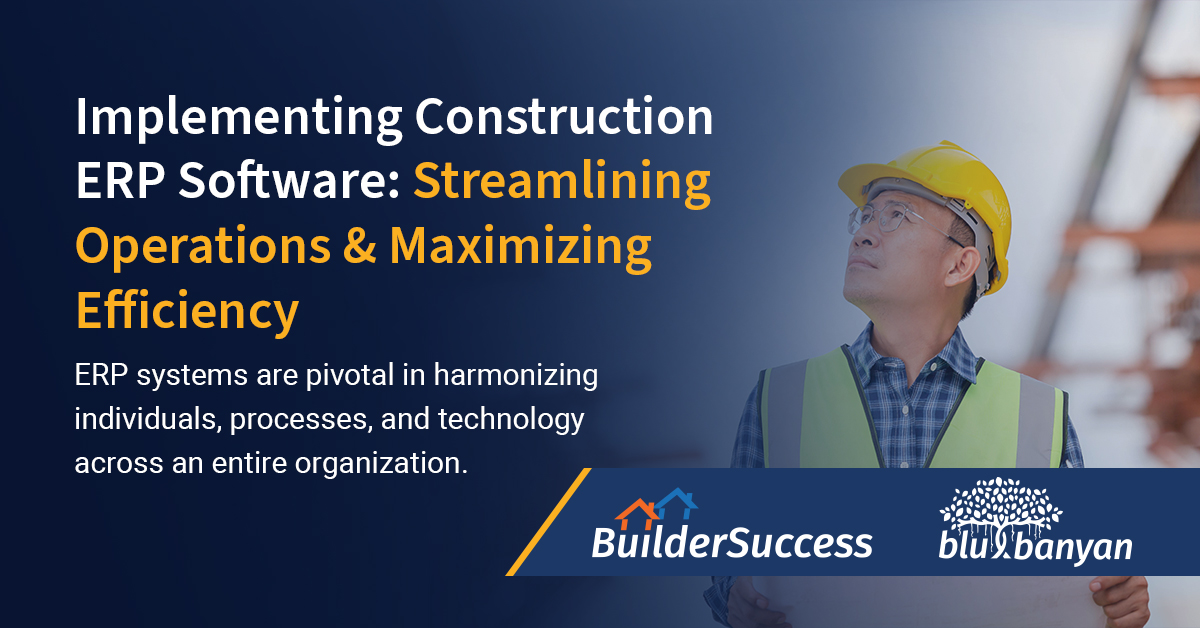
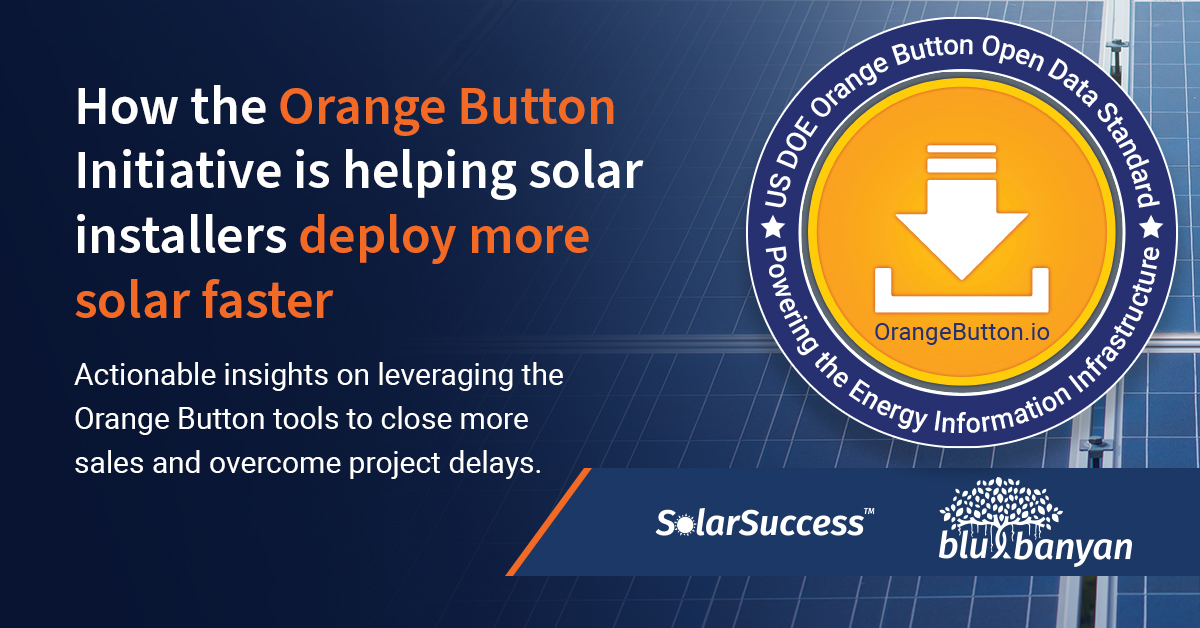

 An electrician benefits from a tremendous number of standards, including what the color wrapping wires means in any house, anywhere. Standards reach into the heart of the daily beat of how an electrician does their work.
An electrician benefits from a tremendous number of standards, including what the color wrapping wires means in any house, anywhere. Standards reach into the heart of the daily beat of how an electrician does their work.











